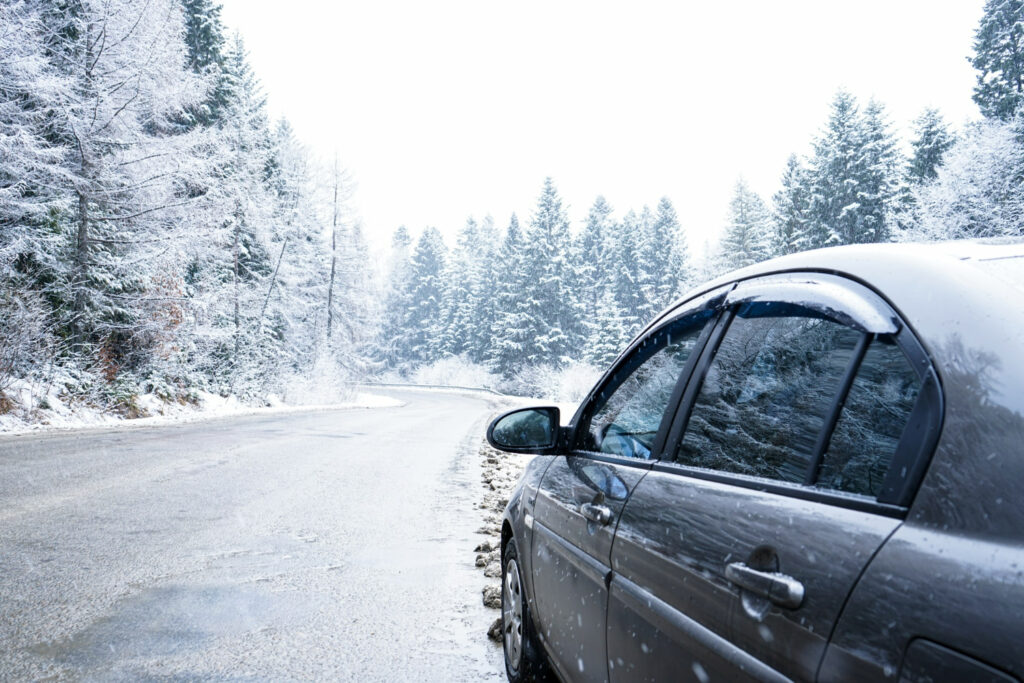How to Drive Safely in the Winter

Winter is a challenging time for motorists. The roads themselves are more treacherous, with rainwater, ice, and poor visibility all being more prevalent during winter. Moreover, the mechanical wear and tear on the vehicle is accelerated, with freeze-thaw cycles threatening delicate components throughout the season.
Let’s take a look at how we might approach driving at this time of year, and what can be done to mitigate the risks.
Safety checks to perform
Before setting out for any journey, you might pose yourself a few questions.
Are your tyres adequately inflated? Your grip on the road will be naturally lower when it’s cold, which makes proper inflation essential.
Are your lights working? This is an easy problem to miss, especially if you’re doing all of your driving in daylight.
What about your wipers? They’re designed to be replaced periodically, much like your tyres, and so you’ll get patch performance from older wiper blades. The concentration of your screenwash might also be looked at – higher concentrations mean less chance of the liquid freezing.
The battery should be treated with special concern, since you’ll have more difficulty generating a spark when it’s cold. It’s for this reason that so many starter motor problems occur on frosty winter mornings.
You’ll also want to be sure that you’re adequately insured for any trip you take. Having an appropriate car insurance policy is critical, whatever the weather.
Deciding on winter tyres, snow socks or snow chains
Winter tyres are formulated differently to all-season ones. They tend to remain pliable and flexible in lower temperatures, which means better performance when it’s cold. The tread also tends to be more generous, which will improve grip and reduce the risk of aquaplaning.
If you absolutely must drive when it’s snowy, then there are two options to consider: snow socks and snow chains. Socks are great for unexpected snow, but they’re not heavy-duty enough to cope when the snow is particularly deep.
If you’re travelling through some parts of the world, you might find that snow chains are a legal requirement. Make sure that you do your research, and that your vehicle is suitably equipped for the weather you’re likely to encounter.
Planning and setting off earlier
Winter weather can sometimes mean having to plan a trip earlier. Do this based on the information and weather warnings you can glean from the Met Office’s website. If it looks like severe weather is forecast, consider delaying the trip.
In every case, it’s worth setting off for your destination that little bit earlier. This way, you won’t be tempted into taking unnecessary risks. Given the increased risks that come with extra speed, it’s a good idea to take it slow and steady, and to not rush yourself!




